Home>Home Maintenance>How To Plant Succulents In Pots Without Drainage
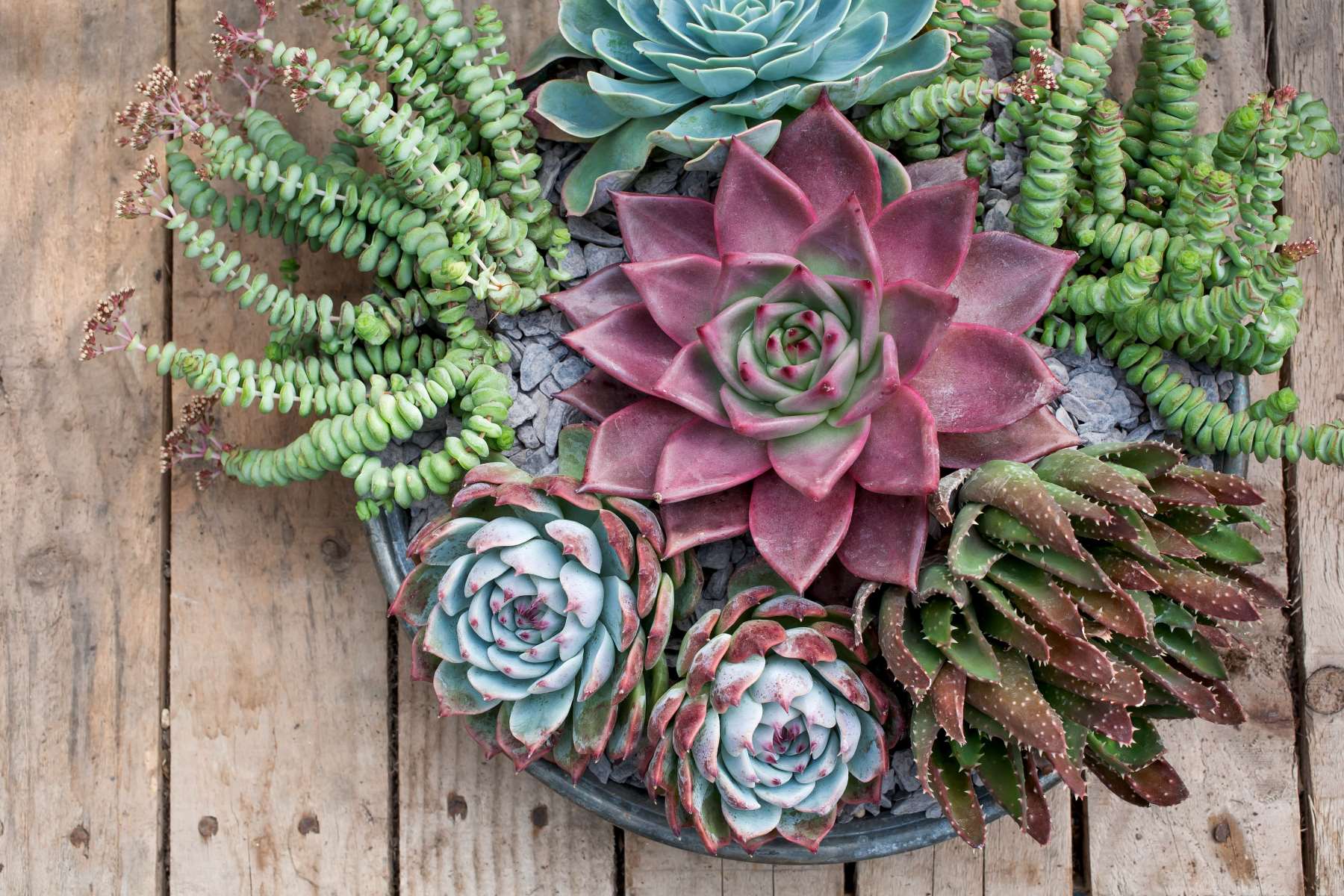

Home Maintenance
How To Plant Succulents In Pots Without Drainage
Modified: March 7, 2024
Learn how to plant succulents in pots without drainage for easy home maintenance. Expert tips and techniques for successful succulent care.
(Many of the links in this article redirect to a specific reviewed product. Your purchase of these products through affiliate links helps to generate commission for Storables.com, at no extra cost. Learn more)
Introduction
Welcome to the world of succulents! These fascinating plants have become incredibly popular in recent years due to their unique and resilient nature. Succulents make the perfect addition to any home, adding a touch of beauty and freshness to any space.
When it comes to plant care, one of the most important aspects is proper drainage. Most plants require a pot with drainage holes to prevent overwatering and root rot. However, succulents are a bit different. These drought-tolerant plants have adapted to survive in arid conditions by storing water in their leaves and stems. As a result, they have specific requirements when it comes to planting in pots without drainage.
In this article, we will guide you through the process of planting succulents in pots without drainage holes. We will explain the reasons why this method can work for succulents, the materials needed, and the step-by-step instructions to ensure your succulents thrive in their new containers.
So if you’re ready to embark on a succulent adventure and bring some greenery into your home, let’s dive in and learn how to plant succulents in pots without drainage!
Key Takeaways:
- Succulents can thrive in pots without drainage due to their ability to store water and tolerate dry conditions. This method allows for controlled watering and opens up a variety of aesthetically pleasing container options.
- When planting succulents in pots without drainage, choose the right pot size and material, prepare a well-draining potting mix, and water sparingly. Monitoring and adjusting care routines based on the plants’ needs are crucial for their success.
Read more: What To Plant In A Pot Without Drainage
Why Succulents in Pots Without Drainage?
You might be wondering why succulents can thrive in pots without drainage holes when most plants require proper drainage. Succulents have unique adaptations that allow them to tolerate and even prefer drier conditions. Here are a few reasons why planting succulents in pots without drainage can be beneficial:
- Drought-tolerant nature: Succulents are built to withstand dry environments. Their thick leaves and stems are designed to store water, allowing them to survive in arid conditions. By planting them in pots without drainage, you can simulate their natural habitat and prevent overwatering.
- Controlled watering: Without drainage holes, you have more control over the watering process. Succulents prefer to dry out between waterings, and with the right technique, you can provide just the right amount of water they need.
- Aesthetically pleasing: Let’s face it, succulents are not just known for their resilience but also their beauty. Planting them in decorative pots without drainage can be visually appealing, allowing you to showcase your succulents as a centerpiece or part of your home decor.
- Container options: By eliminating the need for drainage holes, you open up a whole range of container options. From terracotta pots to ceramic planters and even glass containers, you can get creative and choose containers that match your personal style and the aesthetic of your living space.
While planting succulents in pots with drainage holes is generally recommended, the method of planting them in pots without drainage can be a viable option when done correctly. It’s important to understand and meet the specific needs of succulents to ensure their health and well-being.
Now that you understand the reasons why succulents can thrive in pots without drainage, let’s move on to the materials you will need to successfully plant your succulents in these unique containers.
Materials Needed
Before you get started with planting succulents in pots without drainage, it’s essential to gather the necessary materials. Here’s a list of items you’ll need:
- Succulents: Choose a variety of succulents that you would like to plant. Consider the size, color, and shape of the plants to create an appealing arrangement.
- Pots: Select pots or containers that do not have drainage holes. You can choose from a variety of materials and styles, such as terracotta pots, ceramic planters, or even glass containers. Make sure the pots are clean and free from any residue or debris.
- Potting Mix: Use a well-draining potting mix specifically formulated for succulents and cacti. These mixes typically include materials like perlite, pumice, or coarse sand to promote drainage.
- Gravel or Pebbles (Optional): If desired, you can add a layer of gravel or pebbles at the bottom of the pots. This can provide some additional drainage, but it is not necessary if you follow proper watering techniques.
- Watering Can or Spray Bottle: Use a watering can or a spray bottle with a fine mist setting to distribute water evenly and gently over the soil surface.
- Soil Moisture Meter (Optional): If you want to monitor the moisture levels in the soil more accurately, a soil moisture meter can be helpful. This tool measures the moisture content in the soil, allowing you to water your succulents accordingly.
- Protective Gloves: Succulents can have sharp thorns or spines, so wearing protective gloves is advisable when handling them.
Once you have gathered these materials, you are ready to start the process of planting succulents in pots without drainage holes. The next steps will guide you through each stage, from choosing the right pot to properly watering your succulents.
Now that you have your materials ready, let’s move on to the first step of choosing the right pot for your succulents!
Step 1: Choose the Right Pot
Choosing the right pot for your succulents is essential for their overall health and growth. When it comes to planting in pots without drainage, there are a few factors to consider. Here’s how to choose the right pot:
- Size: Select a pot that provides enough space for the roots to grow. Avoid pots that are too small, as cramped roots can hinder the plant’s development. Aim for a pot that is slightly larger than the root ball of your succulent.
- Material: Consider the material of the pot. Terracotta pots are a popular choice, as they are porous and allow for better airflow. Other options include ceramic planters or glass containers. Choose a pot that complements the aesthetic of your space.
- Style: Take into account the style of the pot and how it will enhance your succulents’ appearance. Consider the color, texture, and shape of the pot to create a visually pleasing arrangement.
Once you have chosen the right pot, make sure it is clean and free from any residue or debris. Cleaning the pots before planting will help prevent any potential diseases or pests from affecting your succulents.
Remember, the lack of drainage holes means you must be cautious with watering techniques, as excess water can lead to root rot. Choosing the appropriate pot size and material will aid in maintaining the right moisture levels for your succulents.
Now that you have selected the perfect pot, it’s time to move on to the next step: preparing the potting mix for your succulents!
Step 2: Prepare the Potting Mix
Preparing the right potting mix is crucial for the success of your succulents when planting them in pots without drainage holes. Succulents require well-draining soil to prevent waterlogged roots and promote healthy growth. Follow these steps to prepare the perfect potting mix:
- Start with a commercial succulent/cactus mix: Begin by using a pre-packaged succulent or cactus potting mix. These mixes are specifically formulated to provide the proper drainage and aeration that succulents require. They often contain ingredients such as perlite, pumice, or coarse sand to improve drainage.
- Amend the mix if needed: Depending on the specific requirements of your succulents, you may need to amend the potting mix. If your succulents prefer a more porous mix, you can add extra perlite or pumice. On the other hand, if your succulents require more moisture retention, you can mix in a small amount of peat moss or coconut coir.
- Thoroughly mix the ingredients: Pour the potting mix into a container and use a trowel or your hands to thoroughly mix all the ingredients together. Ensure that the mix is evenly incorporated to maintain consistent drainage throughout the planting process.
Remember, the goal is to create a well-draining potting mix that will allow excess water to flow through and prevent root rot. It’s important to strike a balance between providing adequate moisture retention and maintaining proper drainage.
Now that you have prepared the potting mix, it’s time to move on to the next step: creating a drainage layer (optional) in your pot!
When planting succulents in pots without drainage, use a well-draining soil mix and water sparingly to prevent root rot. Place a layer of gravel at the bottom of the pot to help with drainage.
Step 3: Create a Drainage Layer (Optional)
Creating a drainage layer in your pot is an optional step but can provide additional protection against overwatering in pots without drainage holes. A drainage layer helps prevent water from pooling at the bottom of the pot and potentially drowning the plant’s roots. Here’s how to create a drainage layer:
- Choose the right materials: Select a layer of gravel, pebbles, or small stones to create the drainage layer. These materials are porous and allow for water to pass through easily.
- Add the drainage layer: Place a layer of gravel or pebbles at the bottom of your pot, covering about one inch of the pot’s depth. This layer will act as a barrier, separating the roots from any excess water that might accumulate.
- Level the layer: Use your fingers or a small tool to even out the surface of the drainage layer, ensuring that it is uniformly spread across the bottom of the pot.
Remember, the purpose of the drainage layer is to prevent water saturation and promote optimal soil moisture levels. It helps create a buffer zone between the soil and any excess water, allowing the roots to access moisture while preventing them from sitting in water for an extended period.
However, it’s important to note that a drainage layer should not replace proper watering techniques. It is still essential to monitor and adjust the watering of your succulents appropriately to prevent any issues related to overwatering.
Now that you have the option to create a drainage layer, let’s move on to the exciting part: planting the succulents in your pot without drainage!
Step 4: Planting the Succulents
Now that you have the perfect pot and potting mix ready, it’s time to start planting your succulents. Follow these step-by-step instructions to ensure a successful planting process:
- Prepare the pot: Ensure that your pot is clean and dry before proceeding. If you have opted for a drainage layer, it should already be in place at the bottom of the pot.
- Add potting mix: Begin by adding a layer of potting mix to the pot, leaving enough space to accommodate the roots of your succulents. Gently pat down the soil to create a firm but not overly compact base.
- Remove the succulent from its nursery container: Carefully remove the succulent from its nursery container by gently squeezing the sides and sliding it out. Be cautious of any thorns or spines, as some succulents may have them.
- Inspect the roots: Examine the roots of the succulent and gently loosen them if they are tightly wound or root-bound. This will help the roots establish themselves in the new pot.
- Plant the succulent: Place the succulent gently on top of the soil in the pot, making sure that the base of the plant is level with or slightly above the rim of the pot. Hold the plant in position as you add more potting mix around it, gently pressing down to secure the plant in place.
- Repeat for additional succulents: If you’re planting multiple succulents in the same pot, repeat the process for each plant. Leave enough space between the plants to allow for growth and airflow.
Remember, succulents prefer to have some breathing room, so avoid overcrowding the pot. Leave enough space for the plants to grow and thrive.
Once all the succulents are planted, take a step back and admire your masterpiece! You have successfully planted your succulents in a pot without drainage.
Next, let’s explore how to water your succulents in pots without drainage to ensure they receive the right amount of moisture without risking overwatering.
Step 5: Watering Succulents in Pots Without Drainage
Proper watering is crucial for the health and survival of your succulents, especially when planted in pots without drainage holes. Follow these guidelines to water your succulents effectively:
- Observe the soil moisture: Before watering, always check the moisture level of the potting mix. Insert your finger into the soil about an inch deep. If it feels dry, it’s time to water your succulents. If it still feels slightly moist, wait a little longer.
- Water sparingly: Succulents prefer to have intervals of dryness between waterings. When watering, aim to moisten the potting mix without saturating it. Use a gentle stream of water or a spray bottle with a fine mist setting to avoid excessive water accumulation.
- Water the base, not the leaves: Direct the water towards the base of the succulent, avoiding spraying the leaves. Wet foliage can lead to rot and other fungal diseases, so it’s best to keep the leaves dry.
- Allow excess water to drain: If you accidentally overwater your succulents, allow any excess water to drain out of the pot. Tilt the pot to one side or place it on a draining tray to prevent water accumulation at the bottom.
- Frequency of watering: The frequency of watering will depend on various factors, such as the climate, indoor or outdoor placement, pot size, and specific succulent species. As a general rule, water your succulents thoroughly but infrequently, allowing the soil to dry out between waterings.
- Observe the plants: Watch for signs of underwatering or overwatering in your succulents. If the leaves start to appear shriveled and wrinkled, it’s a sign that they need water. Conversely, if the leaves become mushy or discolored, it may indicate overwatering, and you should adjust your watering frequency accordingly.
Remember, it’s always better to underwater than overwater your succulents. These drought-tolerant plants have adapted to survive in arid conditions and can withstand periods of dryness.
Now that you know how to water your succulents in pots without drainage, let’s move on to the final step: monitoring and adjusting your care routine.
Step 6: Monitor and Adjust
After planting and watering your succulents in pots without drainage, it’s important to monitor their progress and make necessary adjustments to ensure their well-being. Here’s how you can effectively monitor and adjust your care routine:
- Observe your succulents: Regularly inspect your succulents for any signs of stress or issues. Look for changes in color, wilting, or unusual growth patterns. This can be an indication of improper watering, lighting, or other environmental factors.
- Check the soil moisture: Continuously gauge the moisture levels of the potting mix by gently inserting your finger into the soil. Adjust your watering frequency based on the dryness or moistness of the soil.
- Monitor light exposure: Succulents thrive in bright sunlight, but too much direct sunlight can scorch their leaves. Find a balance by placing your succulents in an area with bright, indirect light. If you notice signs of sunburn, move your succulents to a slightly shadier location.
- Adjust watering based on season: Take into account the changing seasons and adjust your watering routine accordingly. Succulents’ water requirements may change during different times of the year. In general, succulents tend to require less water during the dormant winter months.
- Make necessary soil amendments: Depending on the specific needs of your succulents, you may need to periodically amend the potting mix. Adjust the soil composition by adding more perlite, pumice, or organic matter to improve drainage or moisture retention as needed.
- Prune and propagate: Over time, you may need to trim or prune your succulents to maintain their shape and size. Additionally, succulents are known for their ability to propagate easily. If you desire more succulents, you can propagate them by taking leaf or stem cuttings.
- Research and learn: Continually educate yourself about the specific care requirements of the succulents you have planted. Different succulent species may have varying needs in terms of sunlight, water, and temperature. Regular research will help you provide optimal care for your succulents.
By monitoring your succulents’ health, making necessary adjustments, and staying attentive to their needs, you can ensure that they thrive in their pots without drainage.
Congratulations on completing all the steps to successfully plant and care for your succulents in pots without drainage! With proper attention and care, your succulents will bring beauty and joy to your home or garden for years to come.
Happy succulent gardening!
Read more: How To Plant In Pots With Drainage Holes
Conclusion
Congratulations! You have now learned how to plant and care for succulents in pots without drainage. By understanding the unique needs of these resilient plants, you can create a thriving succulent arrangement that adds beauty and greenery to any space.
Planting succulents in pots without drainage can be a rewarding experience. The drought-tolerant nature of succulents allows them to adapt and thrive in containers that do not have drainage holes. By following the steps outlined in this guide and providing proper care, you can create a healthy environment for your succulents.
Remember, selecting the right pot, preparing a well-draining potting mix, and monitoring your succulents’ watering needs are key factors in their success. Take the time to observe and adjust your care routine based on your succulents’ unique requirements and the changing seasons.
Additionally, don’t be afraid to get creative with your succulent arrangements. Choose pots that complement your personal style and the aesthetic of your home. Experiment with different types of succulents and various combinations to create stunning displays.
Now that you have the knowledge and confidence, it’s time to embark on your succulent journey. Enjoy the process of nurturing and watching your succulents grow, and don’t forget to share your beautiful creations with others!
Thank you for joining us in this exploration of planting succulents in pots without drainage. We hope you find immense joy and satisfaction in caring for these incredible plants. Happy gardening!
Frequently Asked Questions about How To Plant Succulents In Pots Without Drainage
Was this page helpful?
At Storables.com, we guarantee accurate and reliable information. Our content, validated by Expert Board Contributors, is crafted following stringent Editorial Policies. We're committed to providing you with well-researched, expert-backed insights for all your informational needs.
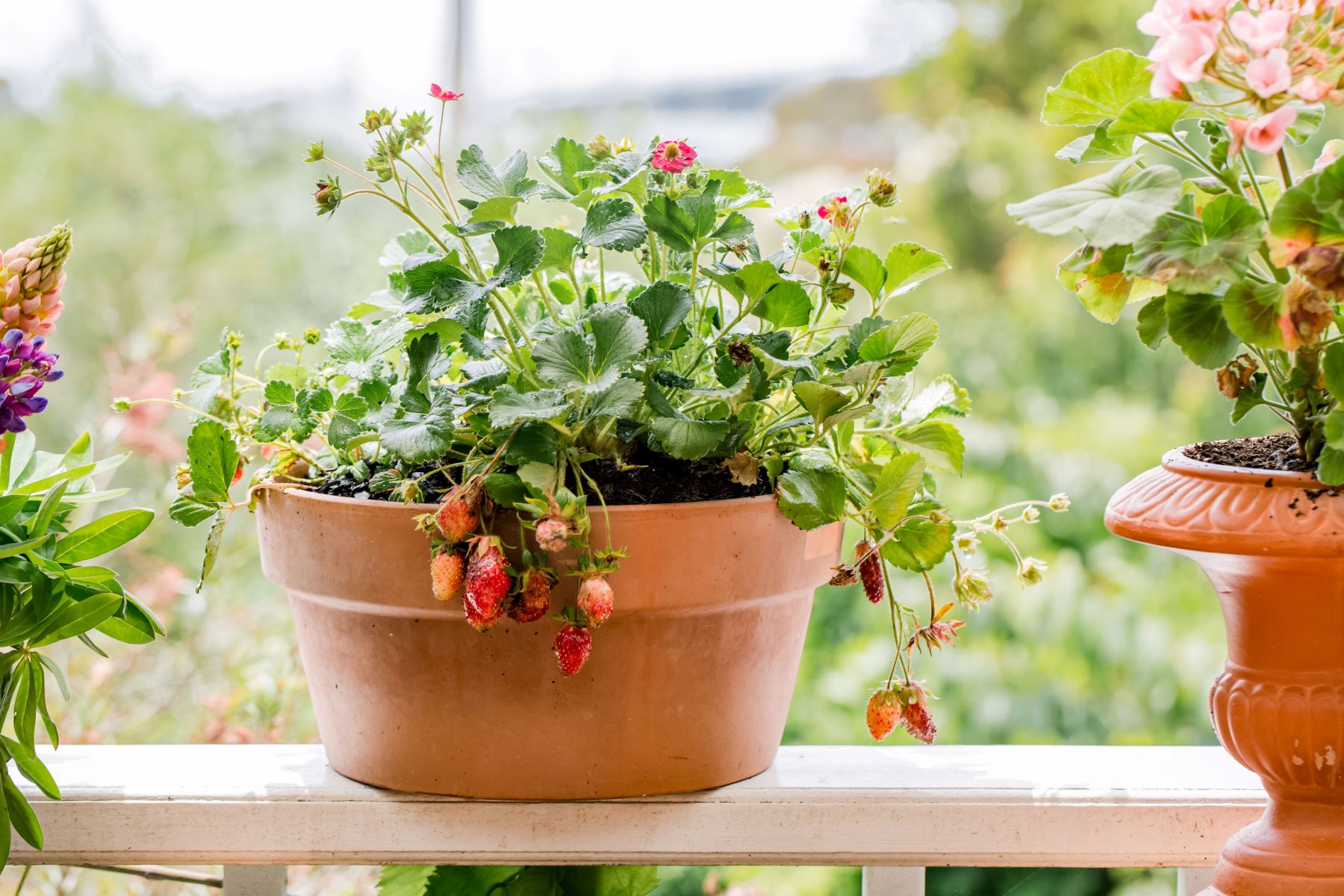
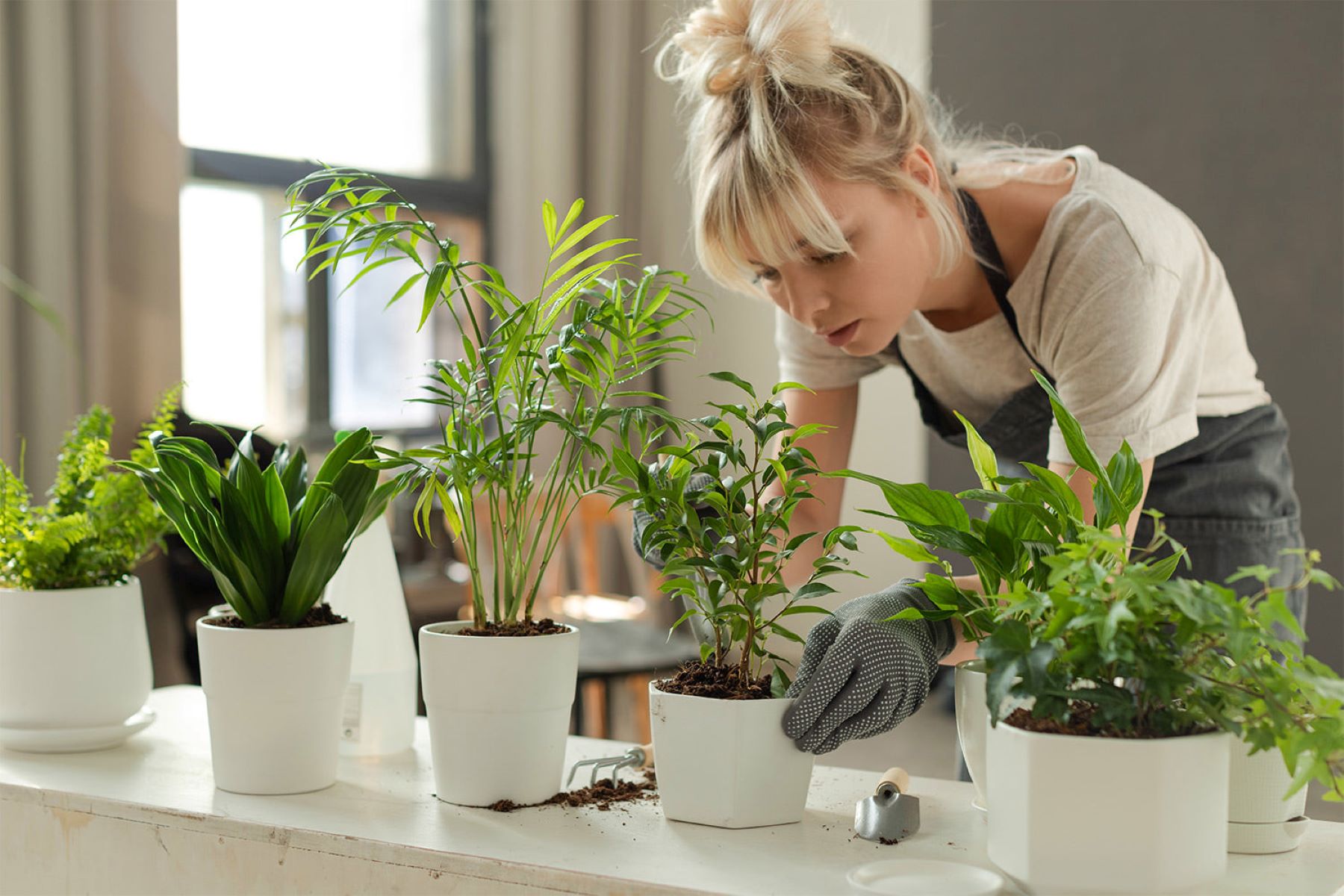
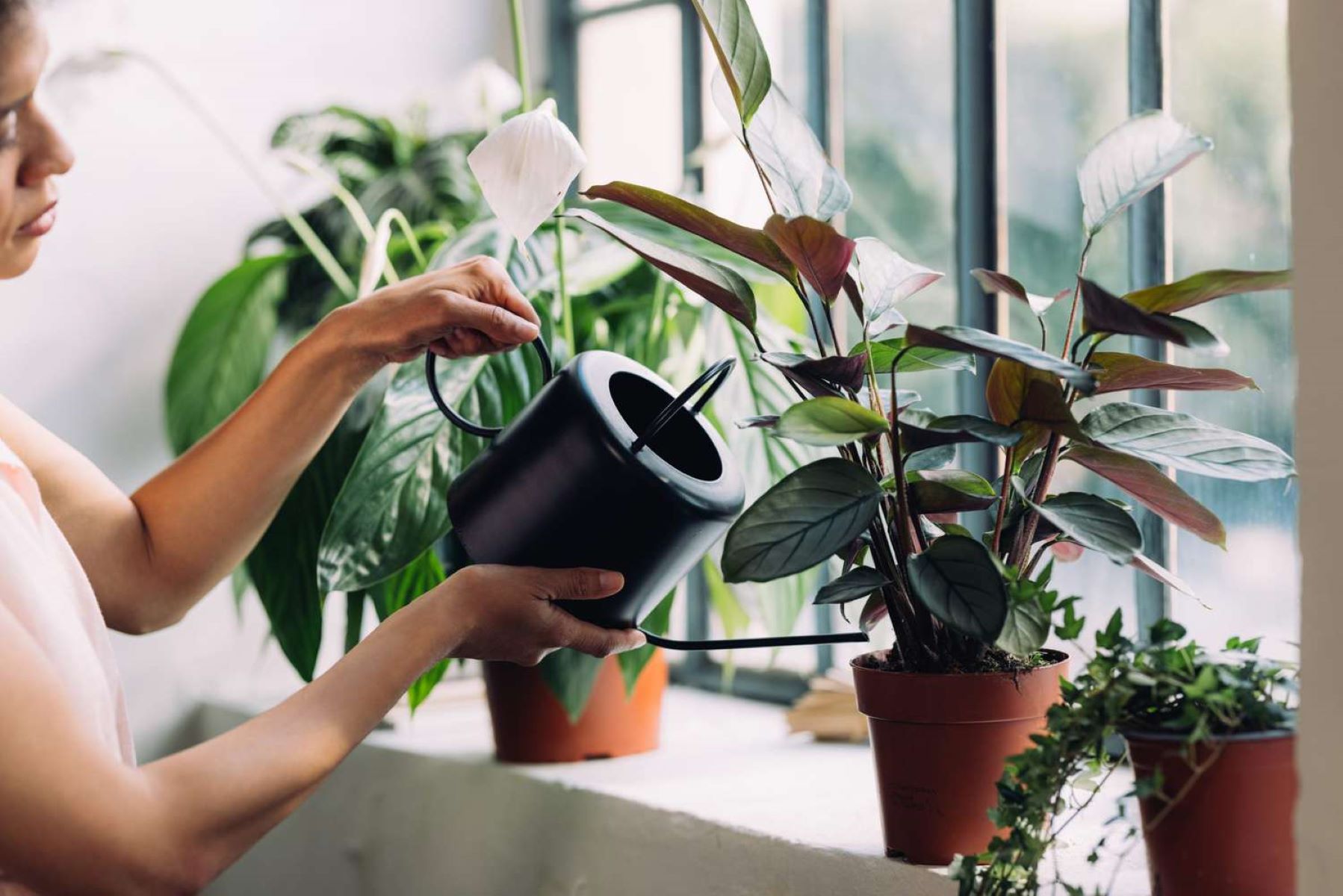
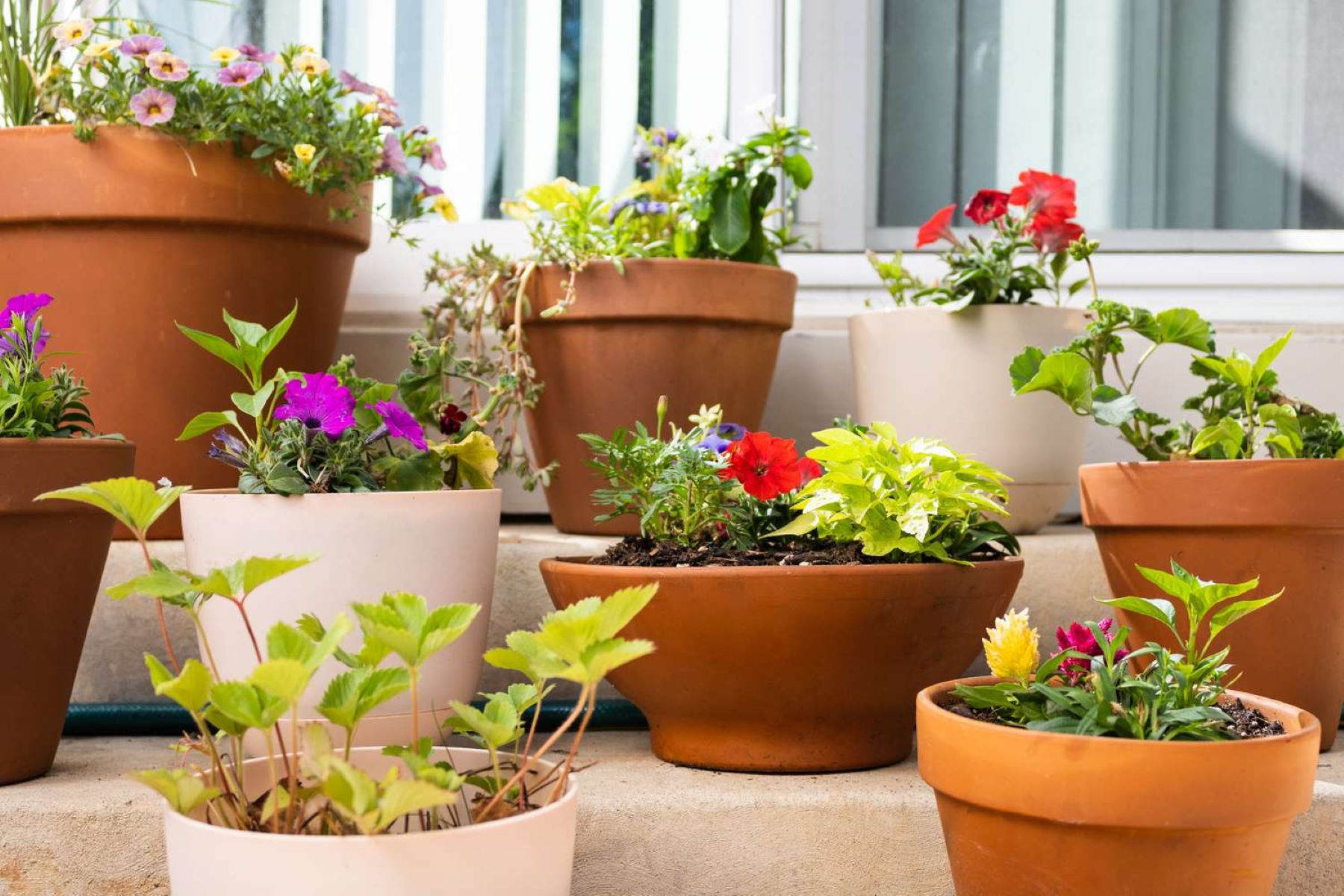
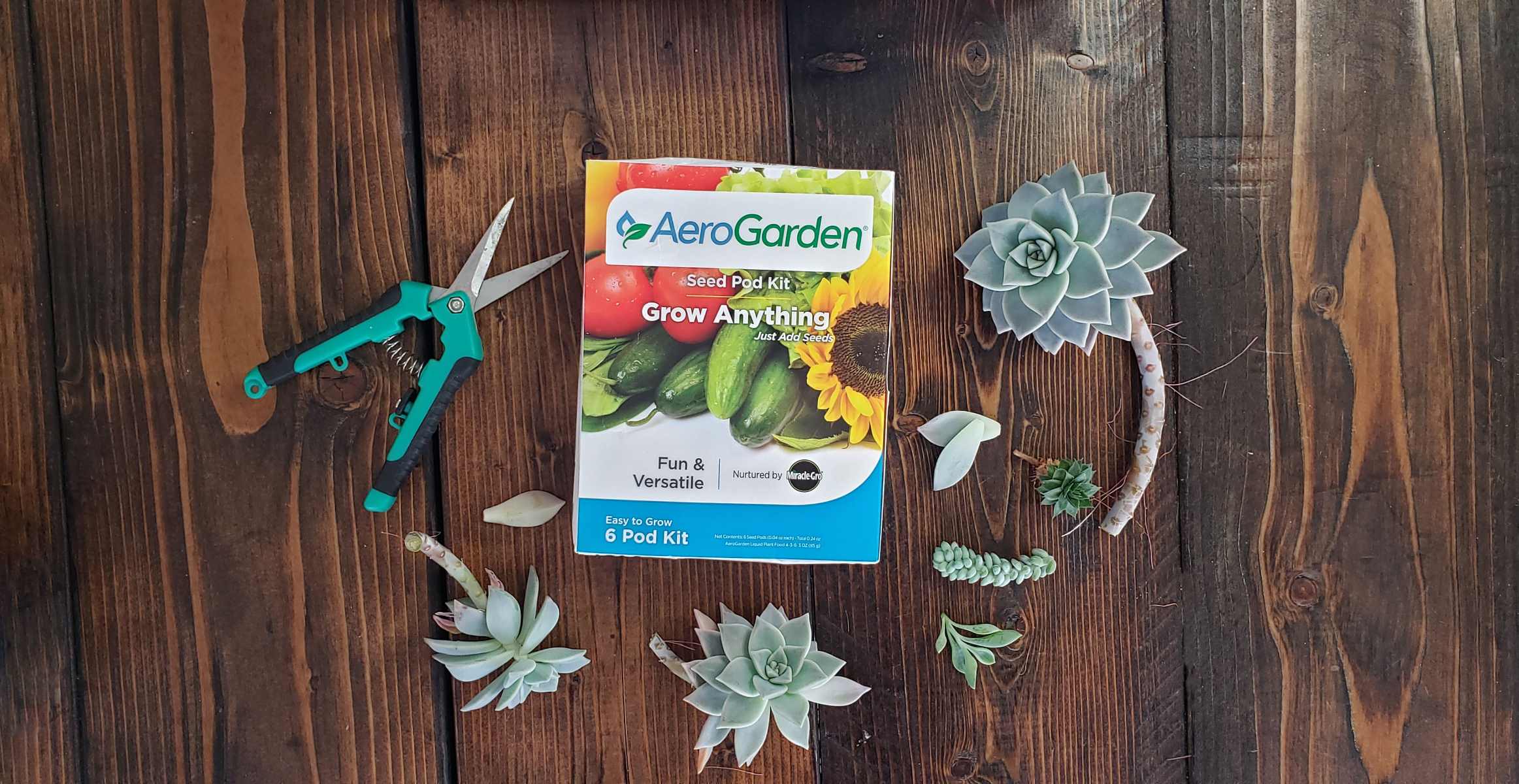
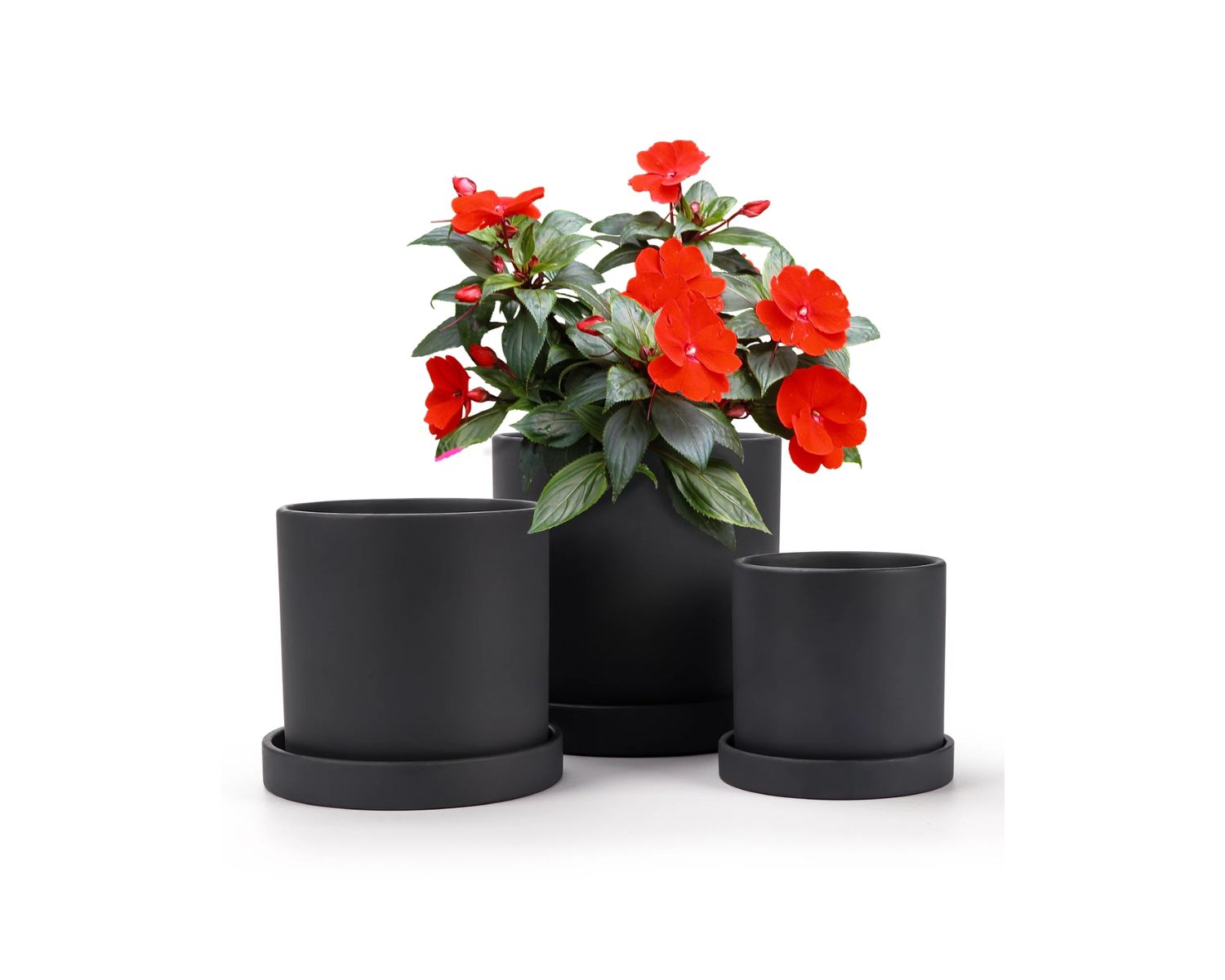
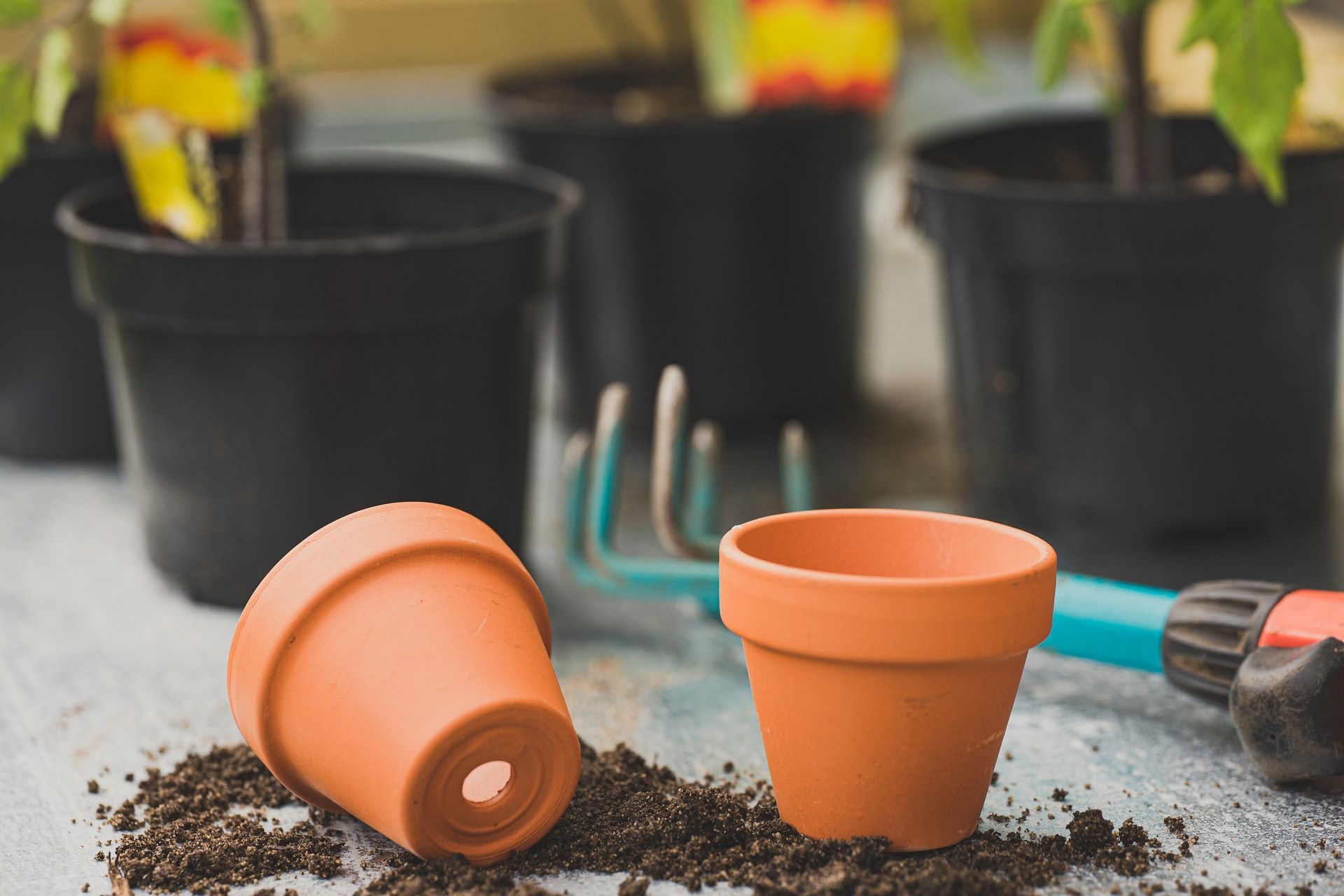
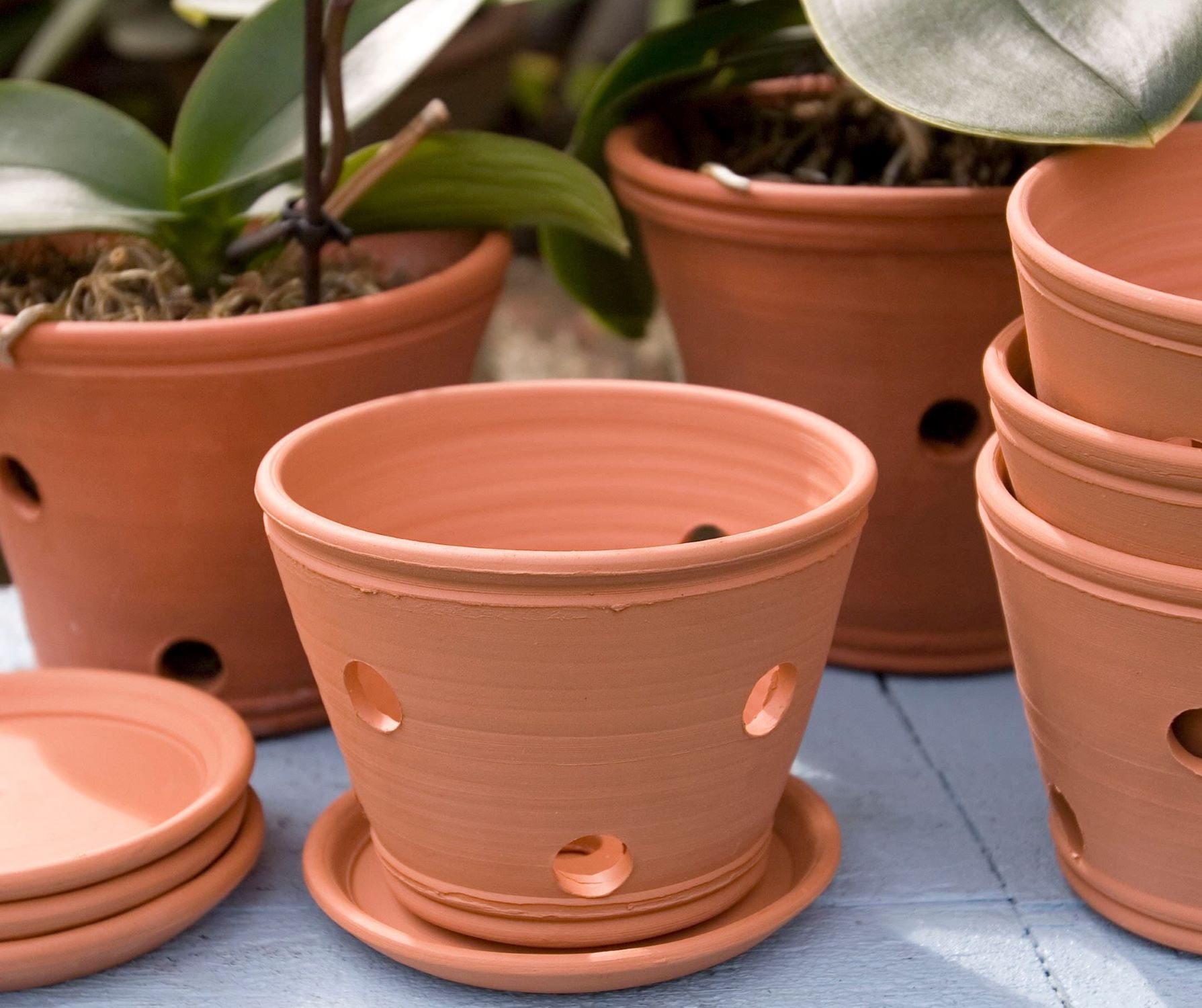

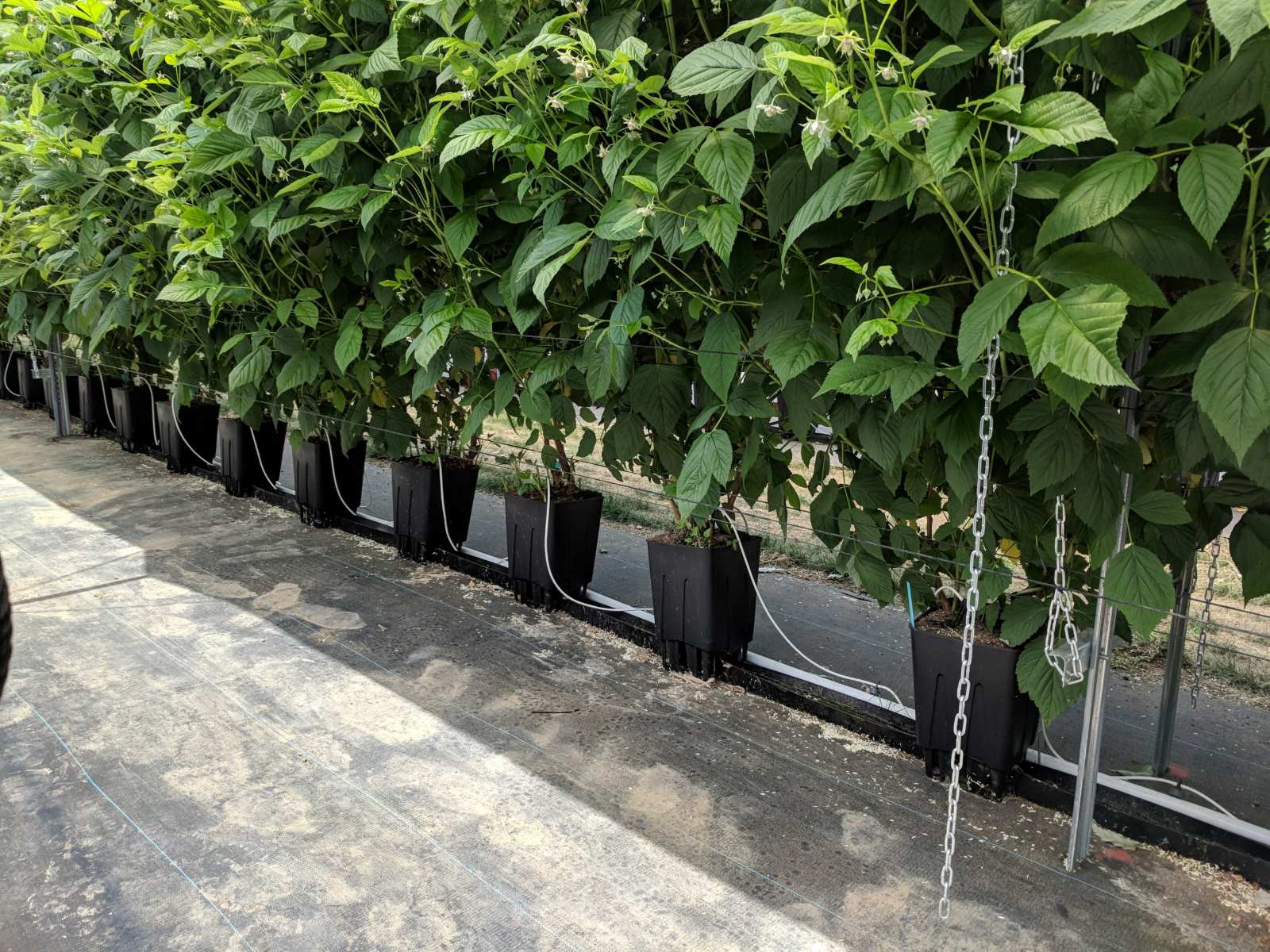
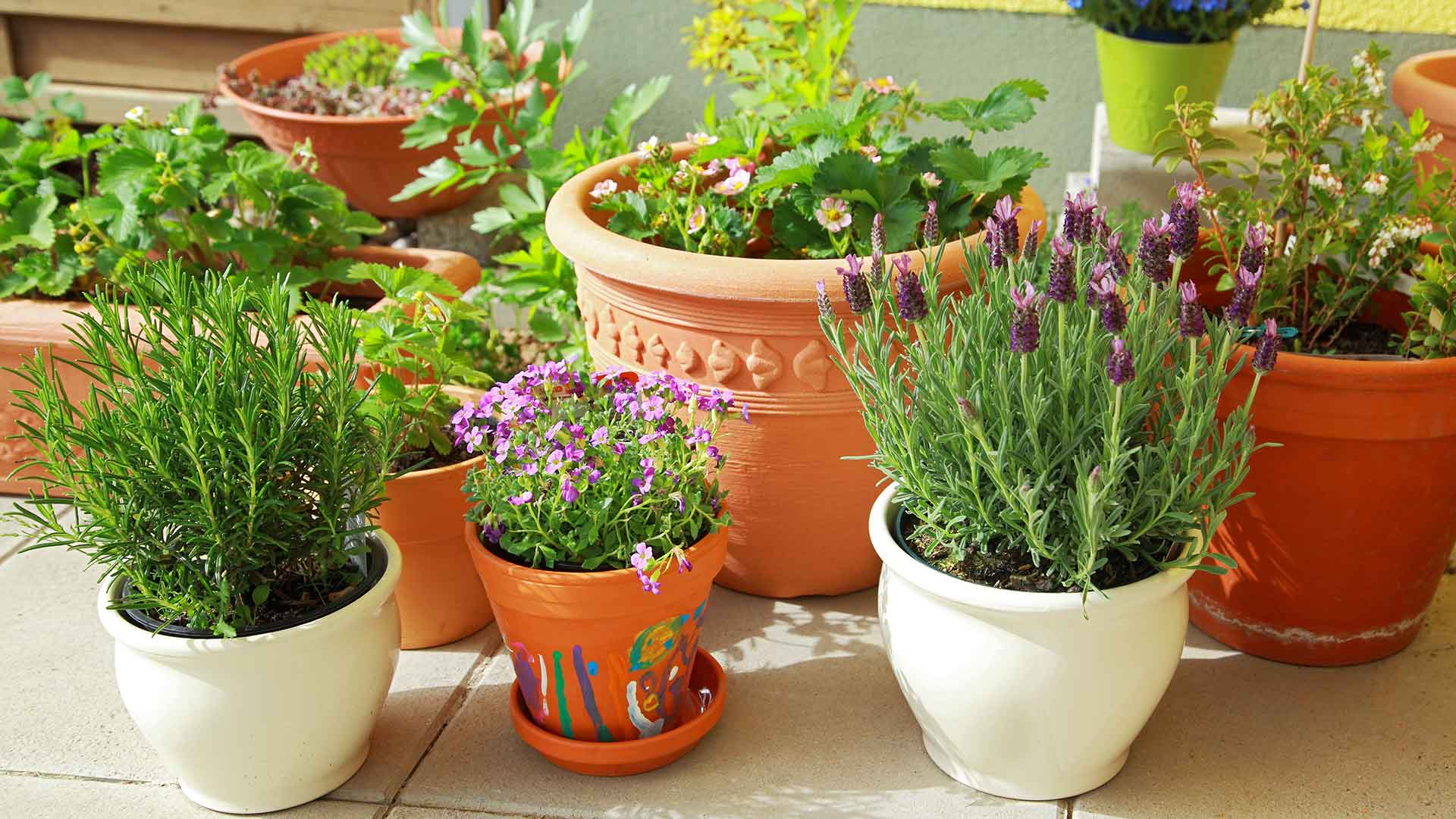
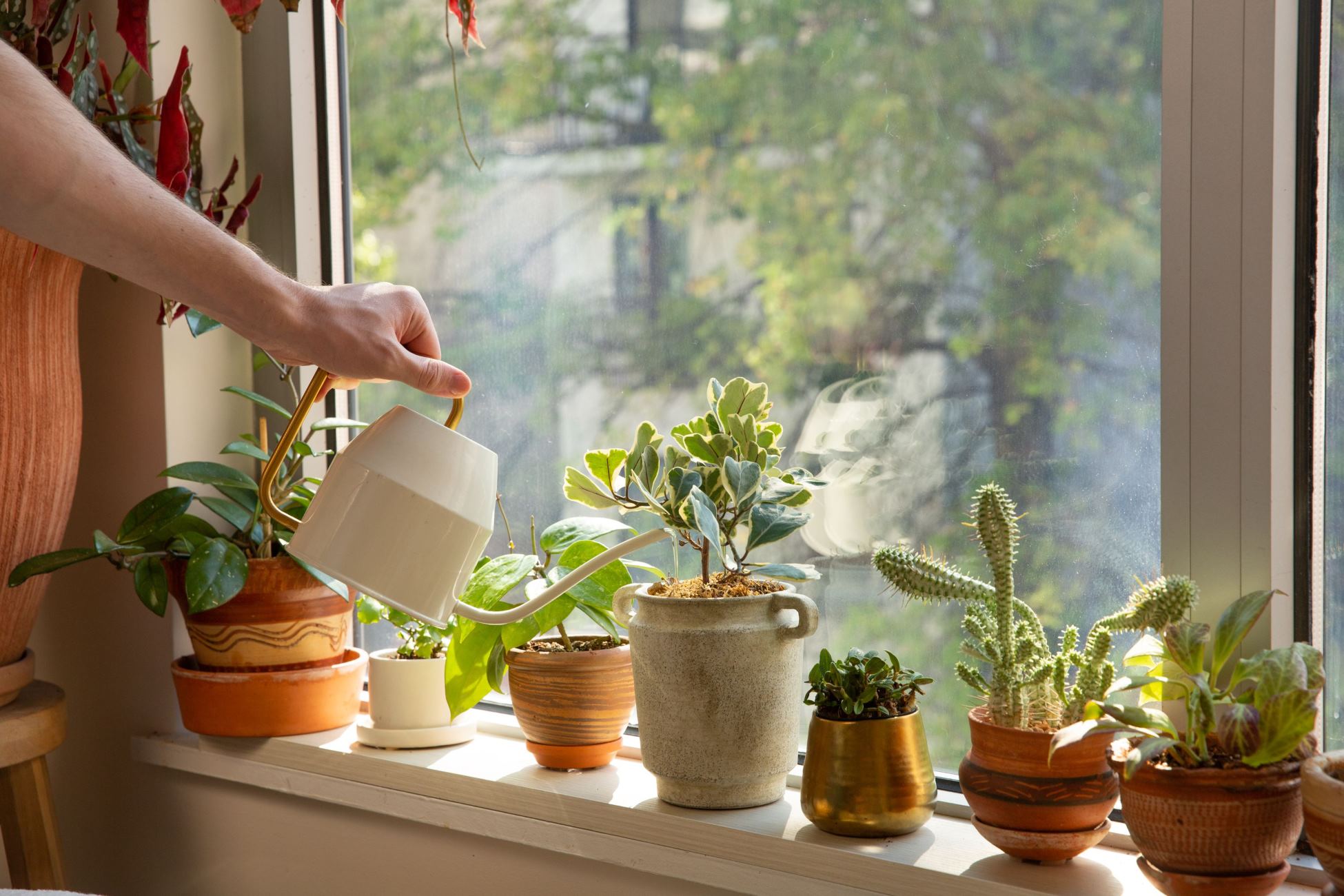
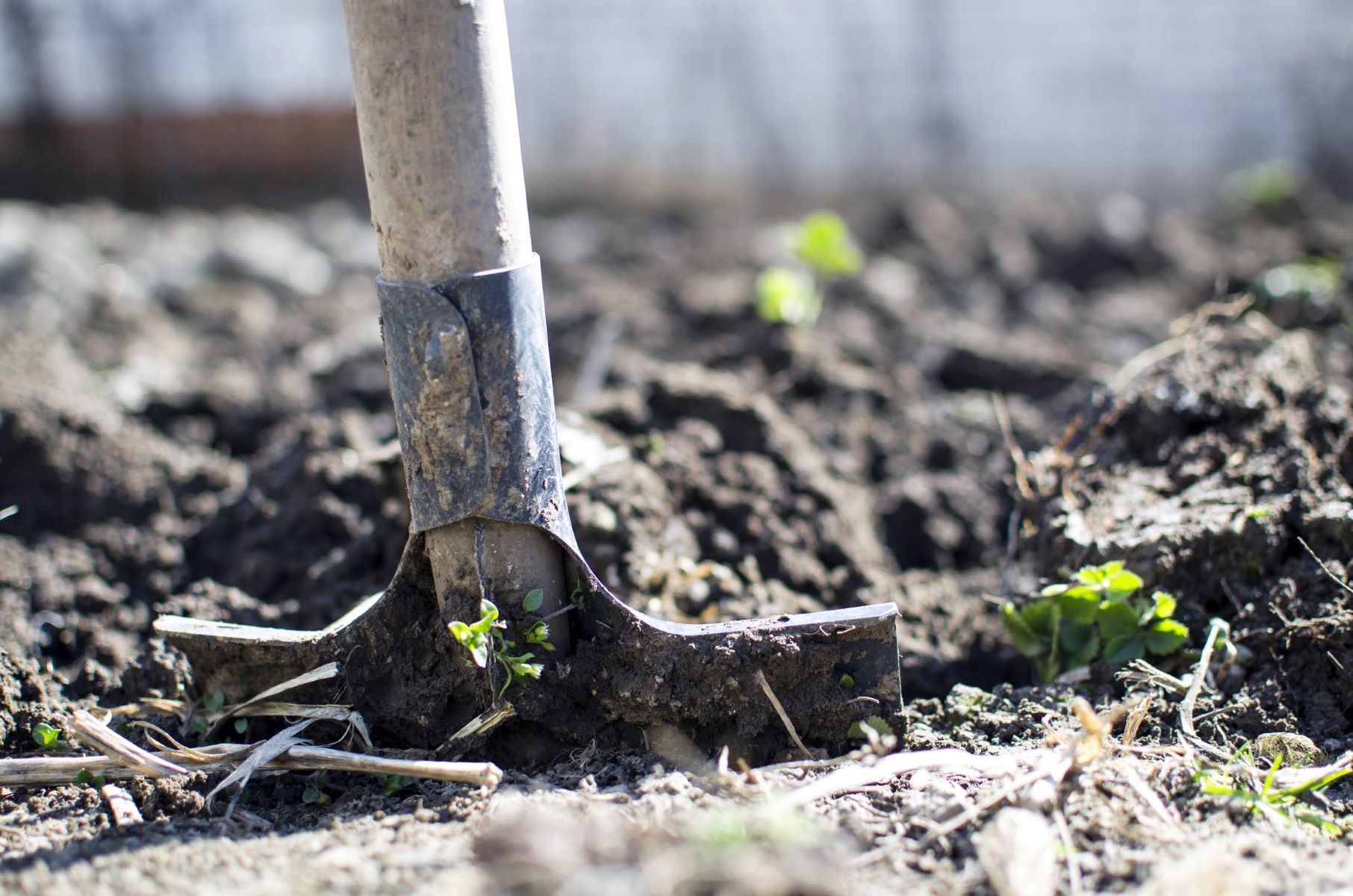

0 thoughts on “How To Plant Succulents In Pots Without Drainage”